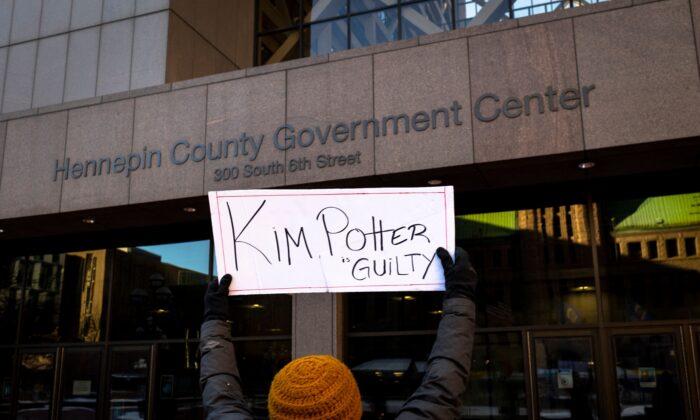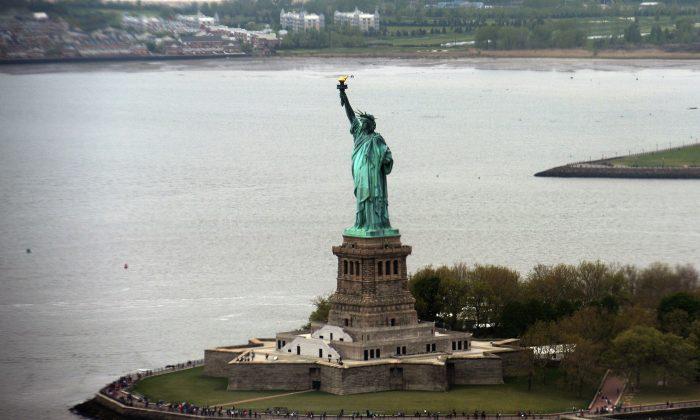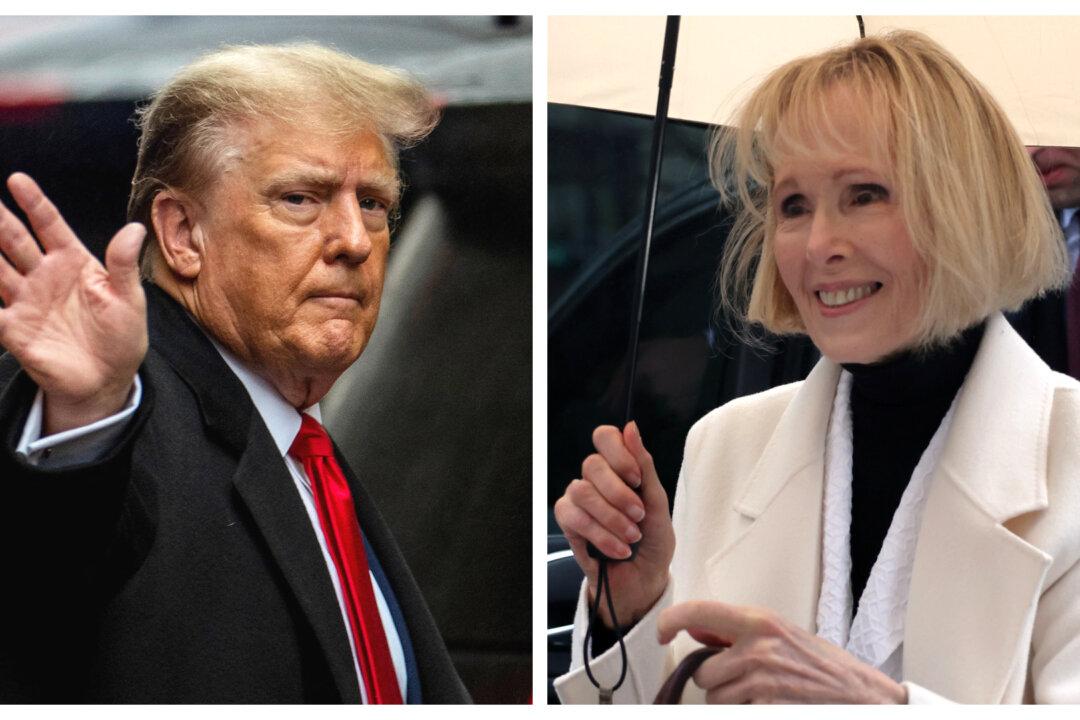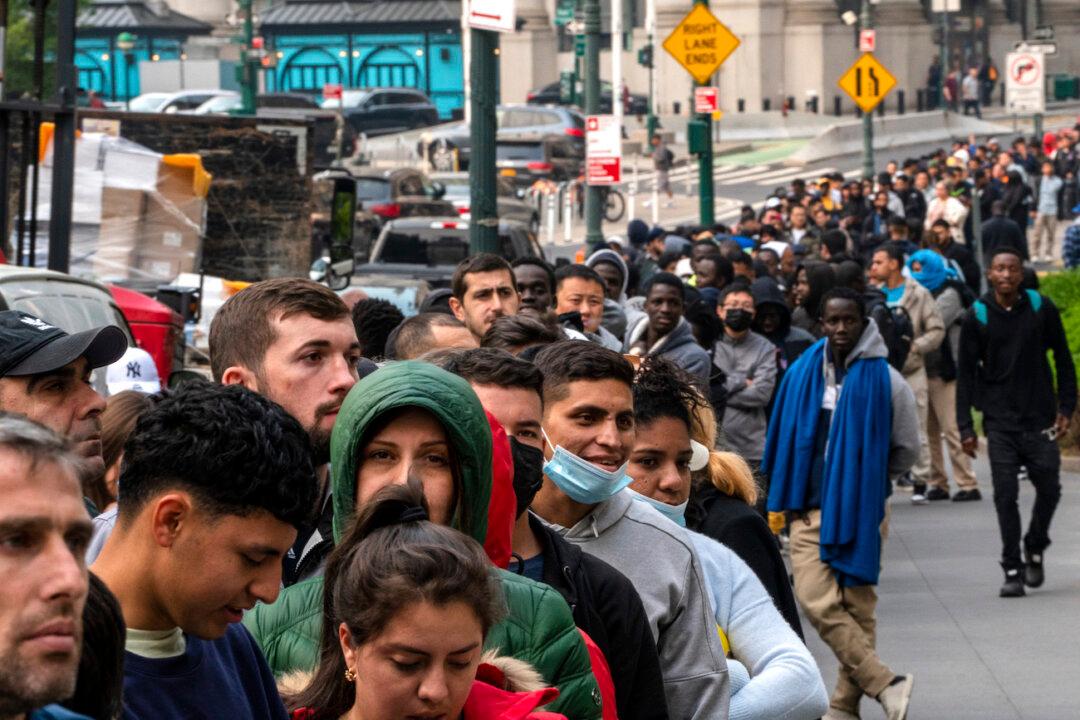Throughout the history of modern nations, most fair-minded people have agreed that equal treatment under the law is a categorical imperative for a just society.
In the traditional Anglo-American justice system, it’s regarded as cruel and unusual to impose widely different sanctions for similar offenses. For several decades after the U.S. Civil War, ongoing racial inequality weakened the credibility of a justice system that was intended to treat everyone fairly. Other countries have a history of similar disparities with regard to class or religious distinctions.
Parallel Cases Produce Incongruent Outcomes
For most citizens, returning to an era in which there was one set of rules for aristocrats and another for the common man would be unthinkable.The Michael Byrd–Ashli Babbitt Case
On Jan. 6, 2021, a U.S. Capital police officer chose to use deadly force during an unruly protest in the U.S. Capitol building.Disturbing video footage captured the moment when U.S. Air Force veteran Ashli Babbitt was fatally shot by Capitol Police Lt. Michael Byrd. The 35-year-old woman was among several supporters of then-President Donald Trump who breached the Capitol to protest the certification of the 2020 presidential election in favor of then-Democratic presidential candidate Joe Biden.
Video footage appeared to show several rowdy protesters attempting to break down a door in the halls of the Capitol. Through the door’s shattered windows, a lawman could be seen with his handgun raised and trained on the crowd.
Byrd stepped forward and fired a single shot at Babbitt. Other officers, clad in riot gear and toting long guns, came up a flight of stairs and ordered the protesters to back up. One man knelt over Babbitt, attempting to tend to her wound as she died.
Byrd’s identity wasn’t disclosed to the public, and he was summarily cleared of any wrongdoing. He later defended his actions during friendly television interviews, where he was permitted to give his own account of the shooting without serious cross-examination.
Later investigations confirmed that none of the protesters were armed.
The Kim Potter–Daunte Wright Case
Daunte Wright was a 20-year-old African American man with a record of multiple criminal charges. On April 11, 2021, he was pulled over by Brooklyn Center, Minnesota, police officers for an expired license tag.At the time, he had previous charges of first-degree aggravated robbery, fleeing from police, and possession of a handgun without a permit. There was also a warrant out for his arrest on the pending weapons charge.
During the routine traffic stop, Officer Kim Potter and her partner became aware of Wright’s outstanding warrant and attempted to place him under arrest. Video footage shows that Wright vigorously resisted. Once out of the vehicle, he pulled away from the officers, jumped back in his car, and attempted to drive off.
During the chaotic struggle that ensued, Potter unwittingly drew her service pistol instead of the Taser she had intended to subdue the suspect with. In the confusion produced by Wright’s sudden resistance and attempt to escape, she mistakenly shot him.
The officer’s account of the tragedy was largely uncontested. Video footage of the incident showed that Potter yelled “Taser” repeatedly before she shot Wright with her handgun. She then expressed shock and dismay that she had used the wrong weapon. She resigned from the department days later.
Potter was prosecuted to the severest extent imaginable. In the context of the anger still simmering from the wrongful death of George Floyd, she was charged and convicted on two counts of manslaughter.
The Weaponization of Justice
Today, it appears that justice is no longer blind. Byrd was an African American U.S. Capitol Police lieutenant who enjoyed the full support of like-minded federal authorities. Kim Potter was a rank and file, white Minnesota cop who prosecutors threw the book at to appease a Black Lives Matter (BLM) mob that was standing by to unleash mayhem on the Minneapolis–St. Paul metropolitan area if she wasn’t convicted.Byrd was ultimately treated as a hero. On Feb. 18, Potter will appear for sentencing. For some, her so-called privilege alone calls for a lengthy stay in prison.
Justice has been weaponized by an out-of-control political class that doesn’t even pretend to respect the law. When Republican outsider Donald Trump was elected president in 2016, he faced more than two years of investigation, carried out by a hostile special prosecution team, looking into implausible “Russian collusion” allegations.
On the other hand, there has been little interest in documented evidence of actual collusion between Dr. Anthony Fauci’s National Institute of Allergy and Infectious Diseases and the Chinese Communist Party-controlled Wuhan virology lab from which the global COVID-19 pandemic is likely to have originated. As chief public health adviser to Biden, Fauci appears to be untouchable.
When thousands of Antifa and BLM activists disrupted cities, burned businesses and public buildings, looted stores, injured or killed police officers, and laid siege to the White House during the summer of 2020, they were treated with kid gloves by friendly authorities. But when several hundred protesters entered the Capitol building and disrupted the business of Congress for a few hours, Babbitt was shot dead. Other protesters were hunted down, held without bail, and charged with felonies. Selective persecution like this is reminiscent of some of the darkest moments in modern history.
A Cancer on the Body Politic
Over centuries, civil rights reformers have regarded the disproportionate application of the law as an impediment to civic peace and national solidarity.Like other protections secured by the U.S. Bill of Rights, equal justice is a fundamental requirement for the maintenance of a free society. A justice system that favors the powerful and well-placed over the common citizen is a gateway to permanent tyranny.
Disproportionate justice is a cancer on the body politic. There should be no room for “show trials” and coordinated media “lynchings” to silence opponents while brazen crimes committed by powerful people are overlooked.
An unfair justice system depletes U.S. social capital and undercuts the sense of trust that’s required to preserve a free society.






Friends Read Free